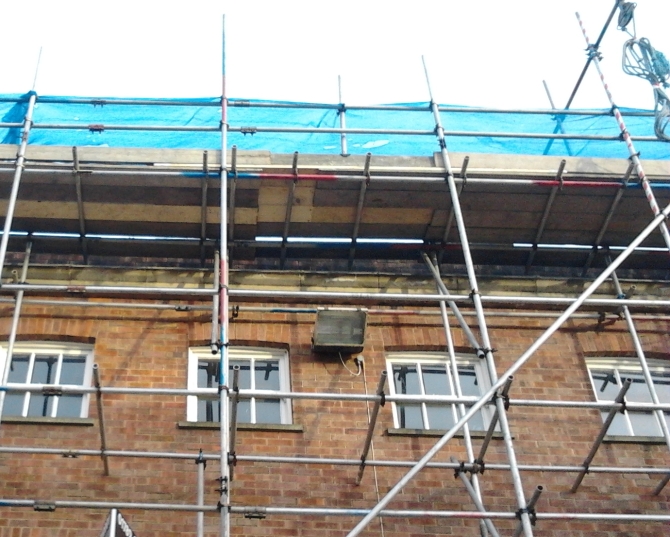Dublin is among six cities pressing the Irish government to extend its proposed Living City tax relief scheme to include offices as well as retail properties and private homes. Described as a “pilot project for urban regeneration”, the initiative was unveiled last year as part of Ireland’s 2013 Finance Bill.

Under the scheme the owners of Georgian properties could claim tax benefits for restoring or bringing their properties back into use. An amendment, still awaiting European approval, extended that to allow the recovery of refurbishment costs for non-Georgian buildings built before 1915.
Now all six city councils — of Dublin, Cork, Limerick, Kilkenny, Galway and Waterford — want the initiative extended to cover buildings converted into office space. They also want the restriction limiting the incentives to owner-occupiers to be lifted, allowing developers to benefit from the scheme.
Proposed by the Department of Finance, the Living City initiative has two specific aims: to encourage people back into the centre of Irish cities to live in historic buildings and to kick-start the regeneration of the retail heartland of central business districts.
“The historic central areas of some of Ireland’s cities have suffered for a long time from the relocation of family homes and businesses to the suburbs, a phenomenon which was exacerbated by prolific ribbon development during the ‘Celtic Tiger’ years,” explains the DoF.
“The historic hearts of our cities have also suffered greatly from the general economic downturn in recent years and this initiative will provide tax incentives for works performed to refurbish residential and retail buildings, either to bring them up to a habitable standard or to make improvements to buildings which are currently inhabited.”
Under the pilot scheme, incentives will also be offered to retailers to encourage them to upgrade their premises to attract local clientele, hopefully those returning to live in the refurbished neighbourhoods.
“The refurbishment of historic buildings, although an important measure, will not by itself revive the fortunes of these areas,” adds the DoF. “To truly encourage a ‘Living’ city centre, a large and diverse range of retail offerings is necessary in order to make city centres an attractive destination for shoppers.”
There is a broad definition of “refurbishment” and the types of activity that will be covered. And a certain amount of work must be completed before any work is eligible for tax relief, with the total cost or conversion or refurbishment coming to at least 10 per cent of the property’s pre-improvement value. Unless modified by the EU Commissioners the scheme will allow owners to recover 15 per cent of the regeneration costs each year for six years, with a final rebate of 10 per cent in the seventh year.
John O’Hara is Dublin’s deputy planning officer. “We fear that lack of use in some of the city’s older buildings may lead to deterioration and we want to boost inner city living and commerce,” he said, while adding that in addition to tax relief those who upgrade properties under the jobs leverage scheme could also qualify for heritage grants.